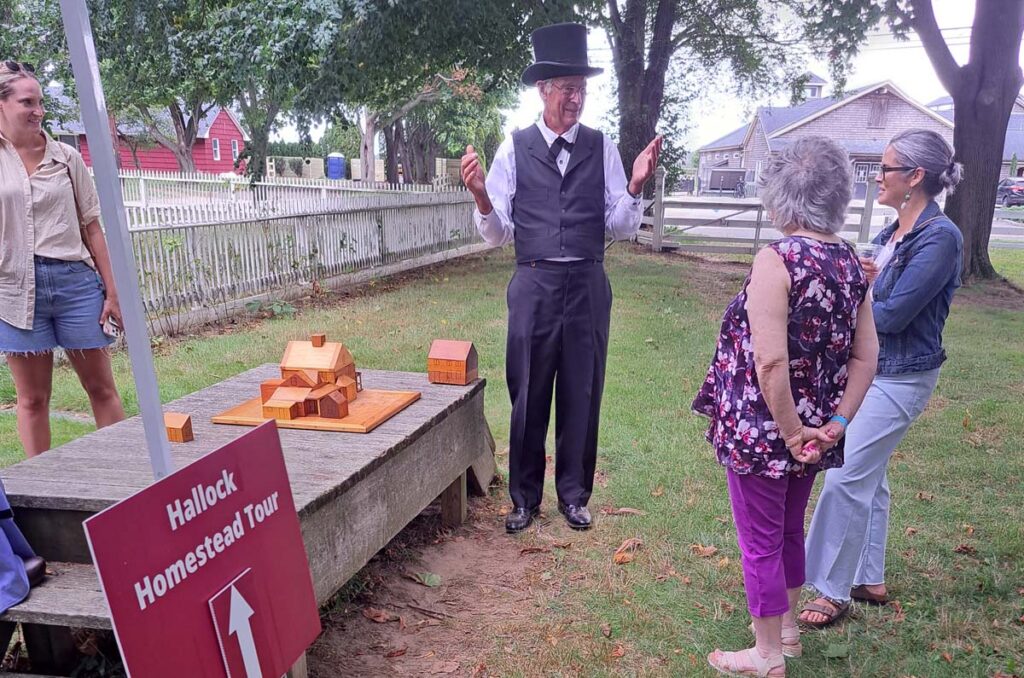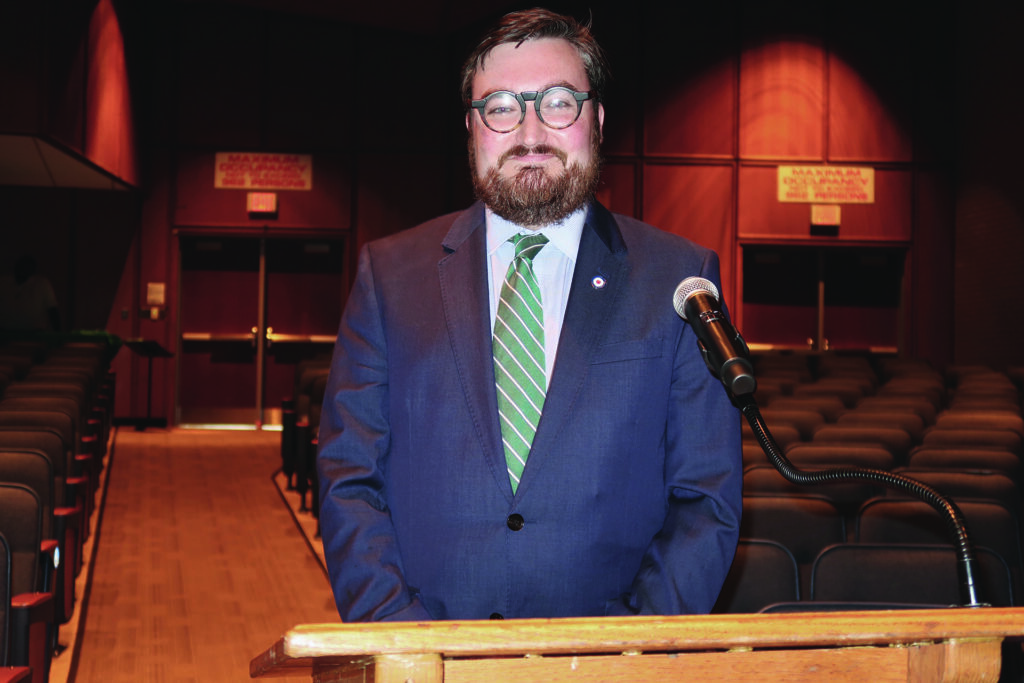An explosion of blue claws

BARBARAELLEN KOCH PHOTO
Baymen Bob Bourguignon of Flanders (center) and Anthony Rispoli of Hampton Bays opened their fish stand in Flanders at 10 a.m. Saturday morning. Some customers had been waiting at the Flanders Road stand, near the Big Duck property, since 8:30 that morning. One person came all the way from Queens to get the blue claw crabs.
On bridges and bulkheads from one end of the North Fork to the other, people are winding out fishing line by hand, baited with small pieces of chicken or some other morsel, net in hand, to catch the blue claw crabs that crawl out of the deep.
At night the bridges are so clogged with crabbers shining flashlights into the water to attract the sweet crustaceans that they can pose a hazard to traffic on the road.
At Bob Bourguignon’s shellfish stand across from the Big Duck in Flanders, people who’ve been struck by crab fever are lined up waiting for crabs when he opens for the weekend.
“There are a lot more people crabbing this year,” said Elizabeth Cantrell, a clerk in the Southold Town Trustees office who lives on West Creek in Cutchogue. “My husband talks about how many crabs there are out there. My creek has been discovered.”
It’s too early to tell whether Long Island crab cakes will soon be competing with Maryland’s, or whether the crabbing trend is here to stay. The Southold Town Clerk’s office has sold a few more shellfishing permits this year — 1,200 to date compared with 1,161 in all of last year.
Ms. Cantrell said that she believes many people who have just learned about the blue claw boom do not know that they need town permits, in part because crab catch limits are governed by the New York State Department of Environmental Conservation, unlike those for most other shellfish, which are governed by the town. But a town permit, which costs $5 for residents between 10 and 61 years old is still required to go crabbing. The permit is free for residents 62 years old and up.
Mr. Bourguignon, 69, has been a fisherman all his life and seen the ups and downs of the crabbing industry. This year he’s been hearing about big catches from fishermen he’s talked to from Atlantic City to Nassau County and all over Long Island, and doing well himself from the South Shore bays through the Peconics.
“There are crabs up and down the whole coast,” he said. “We thank the Lord. It’s a lot better than we’ve seen in a few years. It’s just one of those things. It’s nature’s way. We have good years and bad years. Next year could be nothing.”
Marine biologists, however, have another theory for the crab boom. Long Island is historically the far northern end of the blue crab’s habitat, but with warming ocean temperatures, the crabs have crept farther north, said one local marine biologist this week. He said that the same pattern is responsible for the decline here in the catches of lobsters, which are cold-water crustaceans.
A single person without a commercial shellfish license can legally take as many as 50 crabs per day under current DEC law. Hard-shell crabs must be 4.5 inches wide and soft-shell crabs must be 3.5 inches wide. The town urges residents to release female crabs, whose gender can be determined by a wide area of the bottom of the carapace that looks a bit like the dome of the U.S. Capitol. This is where they store their eggs.
If you have planned a seafood stew for your friends and have not managed to catch any yourself, be advised that early risers will be the ones to get their blue claws at Mr. Bourguinon’s stand. Last Saturday, six people were waiting in line and exchanging crab recipes a half-hour before the stand opened at 10 a.m. One man had come all the way from Queens.
“The best time is early,” said Mr. Bourguignon. “By 12 to 1 o’clock, they’re all gone.”








